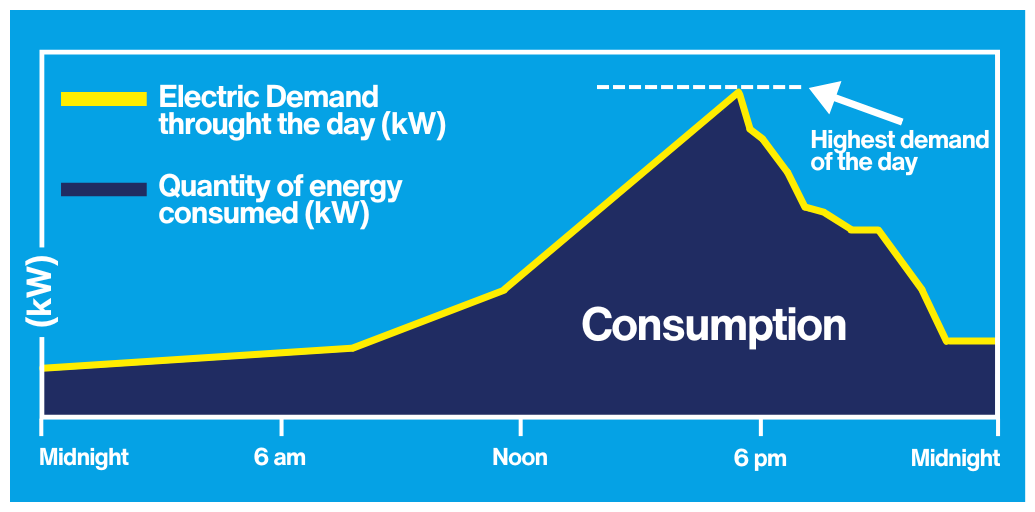Understanding Energy Tariffs
When you use energy at home or work, you pay for it through what’s called a tariff. A tariff is simply the way your energy rates are set. Your tariff can change depending on your meter type, your energy distributor, and how and when you use electricity or gas.
This page will help explain the different types of tariffs we offer, so you can better understand what makes up your energy bill
Electricity tariffs explained
Supply and usage charges
Your electricity tariff has two main parts:
- Supply charge: a daily cost to stay connected to the network, even if you don’t use any energy that day.
- Usage charges: what you pay for the electricity you actually use, measured in kilowatt hours (kWh).
Depending on your distributor and meter setup, your usage charges will follow one or more of the following tariff types:
Single rate
You’re charged the same rate for your electricity, no matter what time of day you use it. Simple, steady, and predictable.Shape
Time of use
Your electricity usage rates change depending on the time of day. This is because the energy grid experiences different levels of demand throughout the day.
- Peak times: when energy use is highest, such as weekday evenings. This is the most expensive time to use electricity.
- Off-peak times: when demand is lowest, often overnight or when lots of solar is feeding into the grid. This is the cheapest time to use electricity.
Demand tariffs
Demand charges are your demand rate multiplied by the number of days in the bill period multiplied by the highest 30-minute kW reading occurring on any workday during the month.
This is only applicable if you have a smart meter. The higher your peak usage, the higher the demand charge. It works well for people who can avoid using lots of appliances at the same time during peak hours. Refer to our energy saving tips page here.

Solar feed-in tariff
If you have solar panels, any extra electricity your system sends back to the grid earns you a credit on your bill. This is called a feed-in tariff. The rate you receive depends on your state and your energy plan.
Shape
Gas tariffs explained
Your gas tariff also includes:
- Supply charge: a daily cost to stay connected to the gas network.
- Usage charges: what you pay for the gas you use, measured in megajoules (MJ).
In some states, your gas usage rates change depending on how much you use or what time of year it is.
Seasonal gas tariffs (Victoria only)
- Winter rates: higher usage rates due to higher demand.
- Non-winter rates: lower usage rates when demand is lower.
Non-seasonal gas tariffs
In other states, gas usage rates usually stay the same all year round.
Why do energy tariffs change?
Sometimes your tariff may change. This could be because:
- Your distributor has changed their network tariff.
- You upgraded your meter or changed your energy usage patterns.
- We are simplifying our tariffs to make your bills clearer.
If your tariff changes, we will always let you know in advance.
Where to find your tariff
You can check your tariff on your energy bill or by contacting our locally-based customer team. Your bill shows your supply and usage charges and lists the type of tariff you are on.